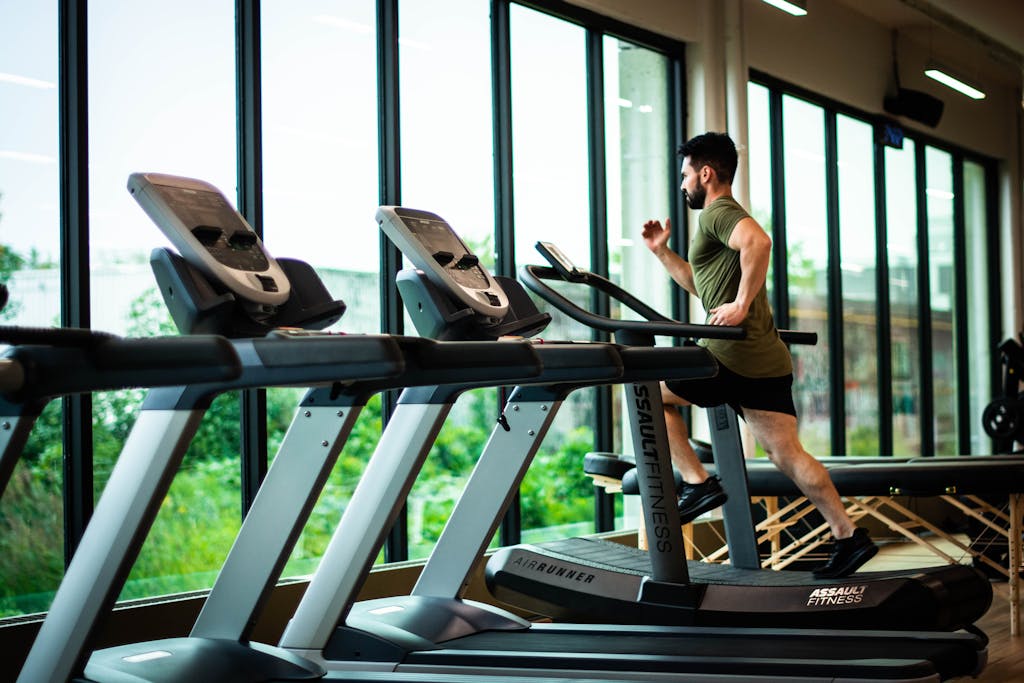Discover how leg exercises can be the unsung heroes in building better bones and enhancing overall bone health. Dive into this comprehensive guide to understand the vital role of leg workouts in maintaining strong and sturdy bones!
Introduction
Welcome, fitness enthusiasts and bone health aficionados! Are you ready to delve into the fascinating world of skeletal strength and leg exercises? Brace yourselves as we embark on an enlightening journey exploring the pivotal role of leg workouts in bolstering bone health! In this article, we’ll uncover the science behind how exercises targeting your lower extremities can contribute significantly to maintaining robust bones. So, lace up those sneakers, grab your water bottle, and let’s dive headfirst into the realm of “Building Better Bones: The Role of Leg Exercises in Bone Health”!
The Science Behind Skeletal Strength
Before we kick-start our exploration into the relationship between leg exercises and bone health, let’s take a moment to understand the fundamentals. Our skeletal system serves as the structural framework of our bodies, providing support, protection, and mobility. Bones are dynamic tissues constantly undergoing remodeling, a process influenced by various factors, including physical activity.
Bone Remodeling: A Dynamic Process
Did you know that your bones are in a perpetual state of renovation? It’s true! Bone remodeling involves the removal of old or damaged bone tissue and the formation of new bone tissue. This process is regulated by specialized cells known as osteoblasts and osteoclasts. Osteoblasts are responsible for bone formation, while osteoclasts are tasked with bone resorption, ensuring a delicate balance between bone deposition and resorption.
The Role of Exercise in Bone Health
Now, here’s where the magic happens – exercise! Engaging in regular physical activity, particularly weight-bearing and resistance exercises, plays a pivotal role in stimulating bone remodeling. When you subject your bones to mechanical stress through activities like running, jumping, or lifting weights, it signals to your body that stronger bones are needed to meet the demands of these activities. Consequently, osteoblast activity increases, leading to enhanced bone density and strength.
Building Better Bones: Leg Exercises Edition
Ah, now we’ve arrived at the heart of our discussion – the transformative power of leg exercises in fortifying our skeletal fortress!
Squats: The Cornerstone of Leg Workouts
Behold, the mighty squat – a quintessential compound exercise that targets multiple muscle groups simultaneously. But did you know that squats also work wonders for your bones? Here’s how:
- Increased Bone Density: Squats subject your lower body to significant mechanical loading, stimulating bone formation and increasing bone density, particularly in the hip and spine.
- Improved Balance and Stability: By strengthening the muscles surrounding your joints, squats can enhance balance and stability, reducing the risk of falls and fractures, especially in older adults.
- Functional Fitness: Mastering the art of squatting translates into improved functional fitness, enabling you to perform daily activities with ease and efficiency.
Lunges: Stepping Towards Stronger Bones
Step up your bone-building game with lunges – a dynamic exercise that targets your quadriceps, hamstrings, and glutes while simultaneously challenging your balance and coordination.
- Bone Strengthening Benefits: Like squats, lunges impose significant mechanical stress on your bones, promoting bone remodeling and increasing bone density.
- Joint Mobility and Flexibility: Lunges help enhance joint mobility and flexibility, crucial for maintaining optimal musculoskeletal health and reducing the risk of injuries.
- Variety is Key: With numerous lunge variations to choose from, including forward lunges, reverse lunges, and walking lunges, you can keep your workouts exciting while reaping the bone-strengthening benefits.
Frequently Asked Questions (FAQs)
Curious minds often ponder over the intricacies of leg exercises and their impact on bone health. Let’s address some common questions to shed light on this vital topic!
1. Can leg exercises alone improve bone health?
While leg exercises play a significant role in enhancing bone health, a well-rounded fitness regimen that incorporates a variety of weight-bearing and resistance exercises is recommended for optimal results. Remember, diversity is key to stimulating bone remodeling and maximizing bone strength.
2. Are there specific leg exercises recommended for individuals with osteoporosis?
Yes, individuals with osteoporosis should focus on low-impact, bone-strengthening exercises to minimize the risk of fractures. Exercises such as gentle squats, lunges, and modified versions of traditional leg exercises can help improve bone density while reducing the likelihood of injury.
3. How often should I perform leg exercises to see improvements in bone health?
Ideally, aim to incorporate leg exercises into your fitness routine at least two to three times per week, ensuring adequate rest and recovery between sessions. Remember to listen to your body and gradually progress the intensity of your workouts to avoid overtraining and injury.
Conclusion
As we draw the curtains on our exploration of “Building Better Bones: The Role of Leg Exercises in Bone Health,” it’s evident that leg workouts are not just about sculpting enviable quads or toned calves – they’re indispensable for maintaining strong and resilient bones throughout life’s journey. By incorporating squats, lunges, and other leg exercises into your fitness regimen, you’re not only investing in a fitter, healthier physique but also fortifying the very foundation that supports your active lifestyle. So, let’s continue to squat, lunge, and leap our way towards stronger bones and a brighter, more vibrant future!

